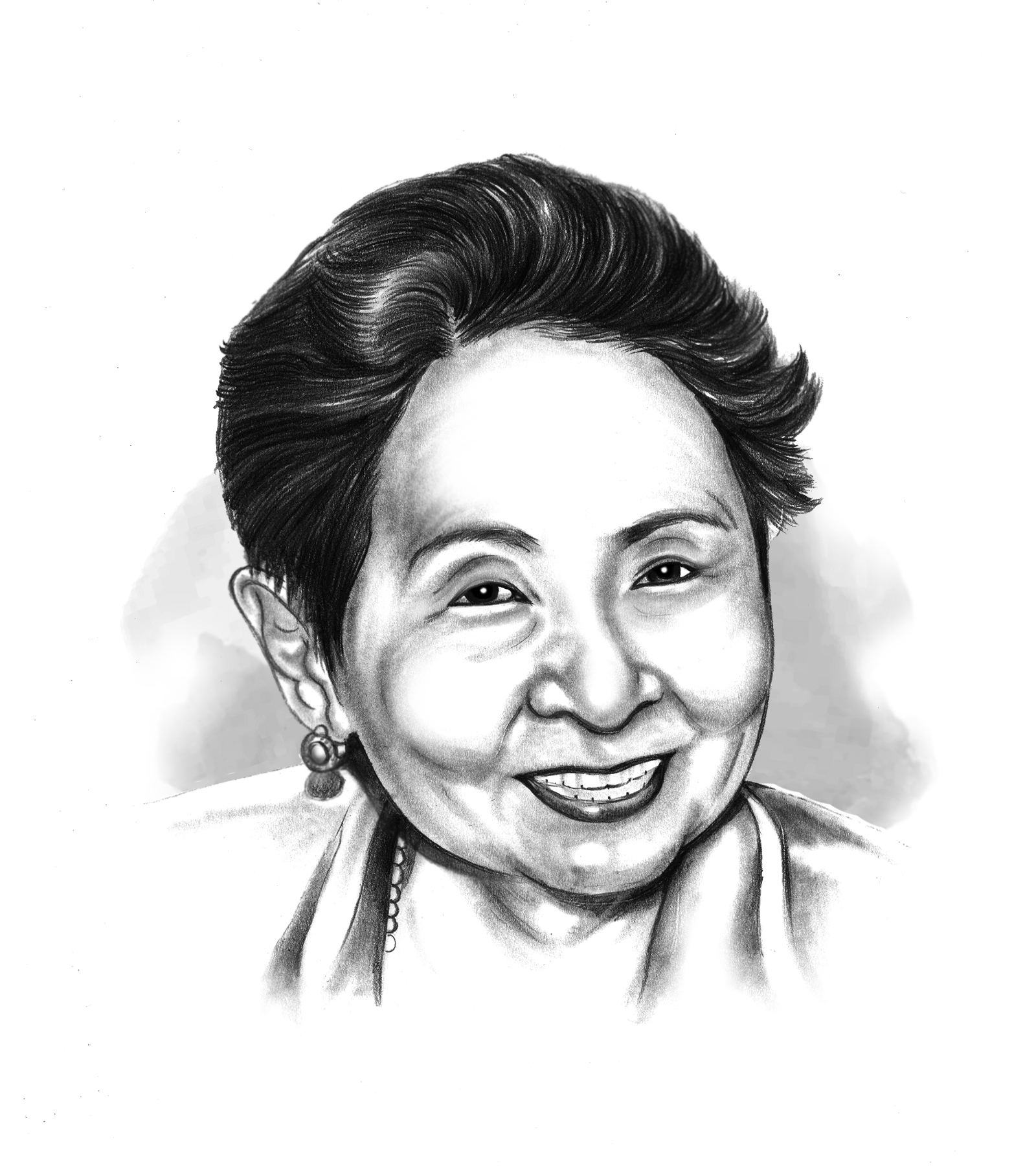PAGBABAGO

I am primarily an academic even if I did dabble with the brush and acrylic for a period of four years before Covid-19, and which yielded a total of 175 paintings. How I did this was through a disciplined adherence to a weekly schedule at our workshop place, the Sunshine Recreation Center in Makati. Before this and for over 50 years, I was involved in teaching, research, administration and consultancy here and abroad.
The last time I touched the brush and easel was during my early 20’s when I took courses for three months with Manuel Rodriguez Sr., rubbed elbows with artists and art critics on A. Mabini, and dabbled in theater as well.
Our guru, Fidel Sarmiento was a “magician” of sorts – a person of exceptional skill in that he was able to inspire a number of us, mostly seniors, many of whom had never touched the palette before, to become productive. Several in fact had held their own exhibits and sold several of their works.
Many of us likewise contributed to Fidel’s advocacies – constructing a home for artists of the Art Association of the Philippines (AAP), providing training to young, needy and deserving young artists, as well as donating to homes of needy seniors and children.
He called me an “artivist” as most of my art works dealt with social issues – press freedom, West Philippine Sea, Payatas, election aberrations, social and economic disparities, vulnerable children, and social injustices.
My painting on press freedom shows a woman whose eyes were covered with a handkerchief and her mouth shut with a padlock. The West Philippine Sea piece shows a Chinese coast guard bullying a Filipino fisherfolk. A Smartmatic machine shows three persons showing one as “seeing no evil,” another as “hearing no evil,” and still another as “speaking no evil.”
Another painting shows a girl in a Payatas dumpsite with a bag containing nothing as even bottles and useful discards had been taken away. Another shows Mang Juan pushing a pushcart carrying his wife and all their worldly goods in front of a skyrise building. Still another shows a plate of dried fish and a tomato but hope inside a poor man’s home where the open window shows light from the bright sun. And a girl selling sampaguita at a sidewalk near the Greenhills Shopping Center, looking proud and hopeful.
I hope that our art leaders would become more appreciative of “social art” and will encourage art patrons and the public to do the same.
My friends were finally able to convince me to display 50 of my paintings which had been lying around my two rooms in the condominium where I now live.
Florals and abstracts would be the more popular choices, I was advised.
The primary motivation for the art exhibit is that the proceeds from the sale of the paintings will go to the scholarship fund that would support six selected scholars from various universities in the country. The latter are majoring in development journalism and hope to become community journalists after college.
We plan to hold an exhibit before the end of the year. In the meantime, interested parties may inquire about some of my works that will be shown online.
As I explained in my autobiography, “Tagpo, Right Place, Right Time: I had found it difficult to express my deepest emotions and perceptions, either verbally or on print. This was perhaps one of my motivations for using the nonverbal art form as a vehicle. In the latter, one leaves the beholder to interpret the meaning of one’s feelings or perceptions. And I discovered that once you are able to make that breakthrough, it becomes much easier to express one’s thoughts verbally. ([email protected])